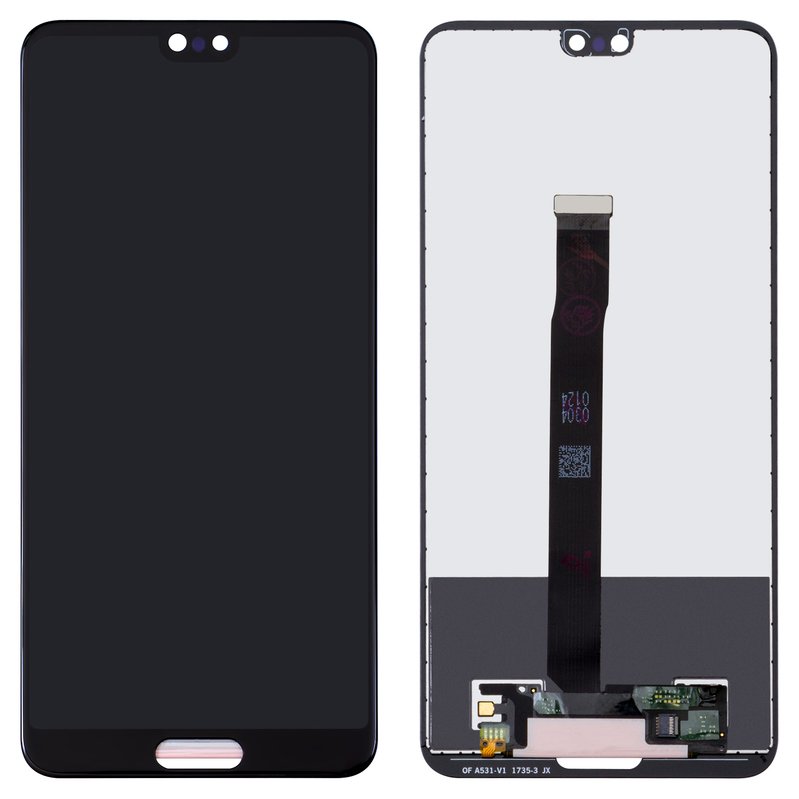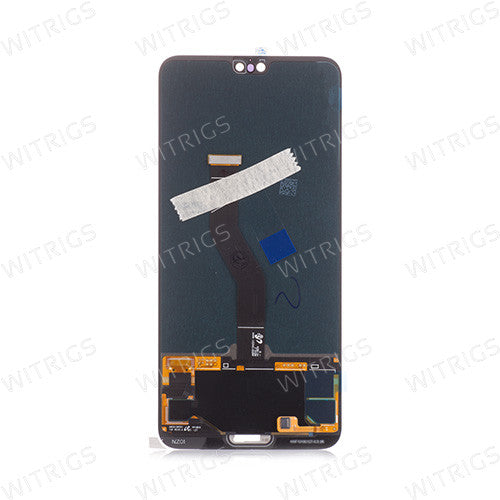
Amazon.com: A-MIND for Huawei P20 EML-L09 EML-L22 EML-L29 5.8" LCD Display Touch Screen Digitizer Screen Replacement 【with Frame】 Full Assembly Repair Kits,with Free Screen Protector+Tools (Black) : Cell Phones & Accessories
![Amazon.com: for Huawei P20 Screen Replacement LCD Display Touch Screen Digitizer Panel Assembly EML-TL00 EML-AL00 EML-L09 EML-L29 EML-L29C 5.8 inch Complete Parts (Black) [Not Fit for P20 Lite] : Cell Phones & Amazon.com: for Huawei P20 Screen Replacement LCD Display Touch Screen Digitizer Panel Assembly EML-TL00 EML-AL00 EML-L09 EML-L29 EML-L29C 5.8 inch Complete Parts (Black) [Not Fit for P20 Lite] : Cell Phones &](https://m.media-amazon.com/images/W/MEDIAX_792452-T2/images/I/61eUccsV54S.jpg)
Amazon.com: for Huawei P20 Screen Replacement LCD Display Touch Screen Digitizer Panel Assembly EML-TL00 EML-AL00 EML-L09 EML-L29 EML-L29C 5.8 inch Complete Parts (Black) [Not Fit for P20 Lite] : Cell Phones &

Amazon.com: A-MIND for Huawei P20 EML-L09 EML-L22 EML-L29 5.8“ Screen Replacement Touch Screen Digitizer LCD Display (with Frame) Full Assembly Repair Kits,with Free Screen Protector+Tools (Blue) : Cell Phones & Accessories

LCD compatible with Huawei P20 Lite, (black, without logo, without frame, High Copy, ANE-L21/ANE-LX1) - GsmServer

6.1" For Huawei P20 Pro LCD Display Screen Touch Panel P20 Pro CLT-AL01 Digitizer Assembly For Huawei P20 Plus LCD Touch Screen

LCD For HUAWEI P20 Lite LCD Display Touch Screen For HUAWEI P20 Lite ANE-LX1 ANE-LX3 Nova 3e LCD Display Screen Replacement

LCD compatible with Huawei P20 Pro, (black, without frame, Copy, (TFT), CLT-L29/CLT-L09) - GsmServer

















